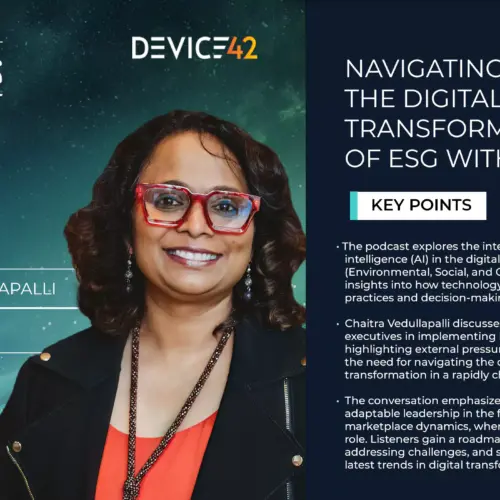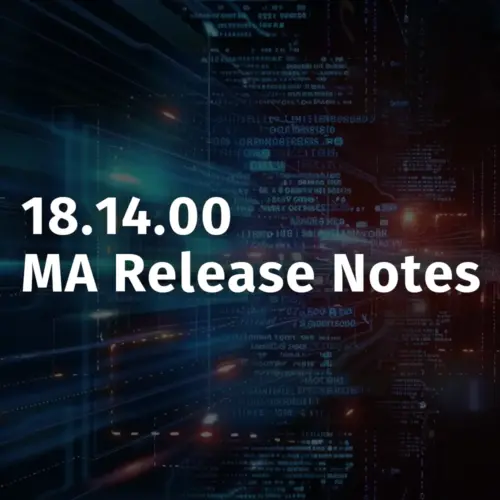
One of the problems we often see in information technology is that words which should have meaning—e.g. automation and orchestration—have gotten thoroughly diluted by endless repetition in marketing copy. Although you might accuse us of simply being grumpy, the fact is that this is bigger than it seems.
Even if you already know the difference between automation and orchestration, you may one day need to explain it to your CEO, CFO, or another person in charge of unlocking the budget for an automated (or orchestrated) system that you’d like to implement. In that event, having this explanation in your back pocket would probably be a good idea.
Automation is Singular
The difference between automation vs. orchestration is simple. Automation is a singular process: you automate a single task or workflow. Meanwhile, orchestration is plural. You orchestrate a collection of automated tasks.
Here’s a quick example:
Let’s imagine a task that’s ripe for automation. Every afternoon you get an email from a monitoring application and you copy and paste this information into a spreadsheet. This isn’t a really good use of time when done manually, so you create or implement a robotic process automation (RPA) application. It has simple parameters: whenever you get an email from a specific address, the RPA tool copies and pastes the contents of the email into a set of designated cells.
That’s automation in a nutshell, now let’s do orchestration.
Your RPA application is so successful that your boss wants you to take the entire output of your organization’s collective monitoring software and place it into a single spreadsheet. As you add RPA tools, however, you run into a problem. Some of your monitoring tools update around the same time. This means that two RPA apps will try to use the spreadsheet at the same time, which means that both processes fail. In response, you write a little program that tells your RPA processes to pause until the spreadsheet is free.
This is a very simple example, and you could probably solve it with another method, but it serves very well to illustrate how automation turns into complexity without an orchestration solution. The difference between automation and orchestration isn’t just splitting hairs. After you achieve a certain level of scale, automation no longer serves to streamline your processes—it just helps you make mistakes more rapidly. You need orchestration to keep enjoying automation’s benefits.
Plan Automation with Orchestration in Mind
The blurring together of orchestration and automation lends itself to a potentially major pitfall: planning automation without orchestration in mind.
Without orchestration, complexity gradually creeps into automated processes, which means that errors also accumulate. You’ll see automated workflows trying to use the same resource at the same time, you’ll see documents generated with the wrong information in the wrong fields, or you’ll find yourself spending all of your time manually triggering automated processes. In other words, you won’t find that automation saves you any time, effort, or energy.
What’s more, because you can start your automation project without orchestration, it’s very likely that you did. In other words, you may have bought or created automation tools without understanding how or whether they could be orchestrated in the future. When it comes time to implement orchestration, you may therefore need to significantly refactor your existing automation to accept your orchestration tool. If you plan to add orchestration from the beginning (by ensuring that your automation tools contain extensive and well-documented APIs, for example) then this problem disappears.
Device42 Combines Data Center Automation and Orchestration
Device42 allows administrators to both automate and orchestrate many repeatable data center tasks, such as asset and device management, at both the bare metal and virtual levels. Our application lets you catalogue your data center all the way from your racks and switches to your VMs and containers.
This kind of automation lends itself to orchestration, and Device42 is built with orchestration in mind. Our product contains a diverse array of well-documented API connectors that allow Device42 to be orchestrated in a number of ways—for example, letting it automatically reverse and report insecure configurations, self-repair infrastructure failures, and report out-of-date applications.
If you’re interested in learning more about Device42, why not see it for yourself? Download or host a 30-day free trial today, and learn all about our automation and orchestration capabilities.



